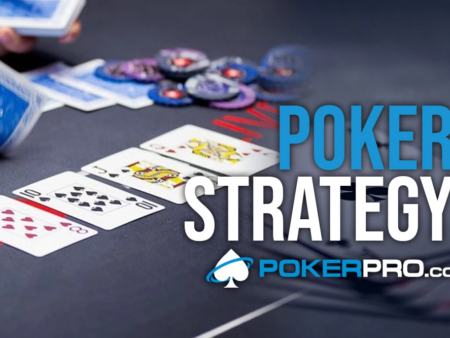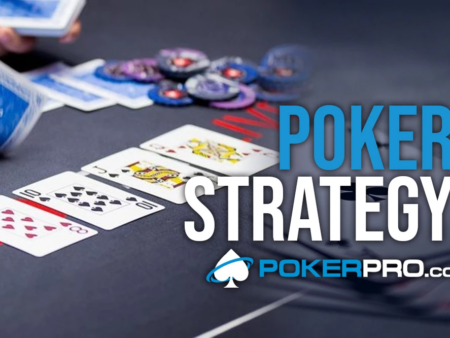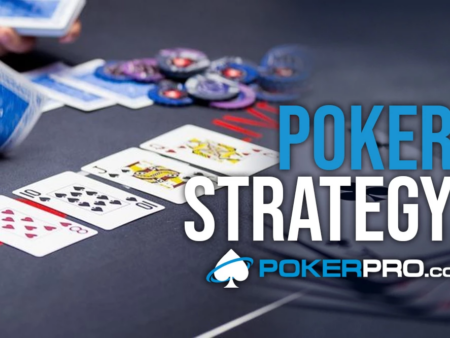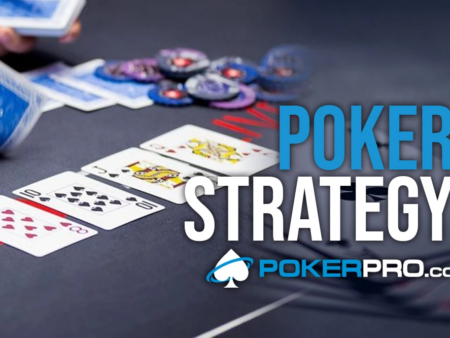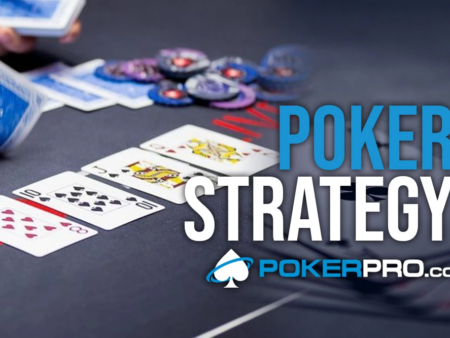One of the golden rules of poker, which most players disregard, is to not put too much emphasis on balancing and try to play exploitative when you g…
Golden Rules and Exploits for Low Stake Cash Games

One of the golden rules of poker, which most players disregard, is to not put too much emphasis on balancing and try to play exploitative when you get the chance. If you want to learn which are the other golden rules and exploits in low stake cash games, then this article is perfect for you!
According to one of the leading exploit poker coaches in the world, we should actively look for opportunities to exploit and give respect and play balanced only against players who have proven themselves. Exploit strategy when implemented correctly against a chosen opponent brings significantly more money, and this is especially important when playing low stakes.
Some exploits you should consider in low stakes cash games:
1. Change the opening range based on how tight/loose the players behind you are.
Example: You are in the hijack and 3 players behind you are very loose, including the player in the big blind.
In this situation, speculative hands that aren’t good high-card hands (65 suited) suffer greatly because you’ll rarely steal the blinds and often face resistance. So you can fold those hands more often. On the other hand, if the players behind are very tight and weak, you can actually play even more of those low speculative hands.
2. Change the opening sizing (depending on how often your opponents call/3bet)
Example: You are in the Cutoff and both players in the blinds are very loose, inexperienced players who rarely 3-bet.
In this situation, you can make more money by using a higher sizing (with a solid range), essentially charging the blinds more to play their loose strategy.

3. Be crafty with post flop bet sizing to target parts of opponent’s range when bluffing/value betting
Example: you flopped a very strong hand (say a bottom set) and your opponent is a very unyielding player who rarely folds to flop bets.
In this situation, you can make more money by using a higher bet sizing.
4. Adjust the frequency of c-betting against opponents who check-raise too often or too rarely.
Example: You open on the Button and a very passive player from the Big Blind calls you. The opponent checks on the flop (it doesn’t matter which specific flop it is). In this situation, you can bet more often because your opponent will not punish you with a check-raise.
On the other hand, if your opponent is a very aggressive player who will check-raise frequently, you should c-bet less often (especially with marginal hands).
5. Over-folding against an opponent who doesn’t bluff enough.
Example: You are on the river with a good bluff catcher (in other words, a hand that only beats bluffs).Your opponent (a very solid and passive player) is using a large sizing.
In this situation, you can probably fold the hand because your opponent just won’t bluff often enough. Knowing how and when to make adjustments like the ones listed above is key to increasing your win rate in poker.

